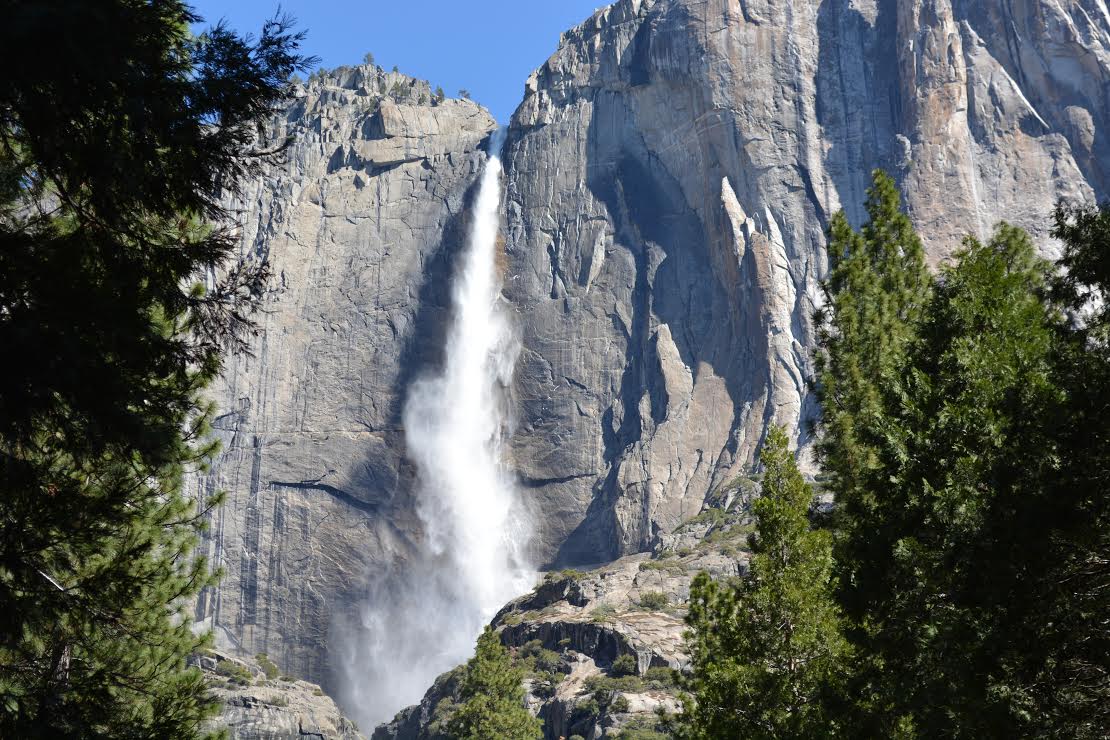
Report Date:
http://www.steventcallan.comI’ve always believed that our national parks and our national monuments were as secure as Yosemite’s Half Dome: solid as a rock, inviolate, and well-protected from those who would try to diminish or exploit them. Sadly, that’s not the case.
In May of 2014, I wrote an article titled “America Needs Parks Now More Than Ever.” At the time, there was a concerted effort afoot in Congress to gut the 1906 Antiquities Act and prevent more wildlands, already in public hands, from being declared national monuments, a designation placing them out of the reach of corporate profiteers and often a stepping stone to national park status. Fortunately, the effort to gut the Antiquities Act failed in 2014, but it is now back with a vengeance. A year after we celebrated their centennial, our national parks need our support more than ever.
Forty-nine of the 157 national monuments created by past Republican and Democratic presidents have been elevated to national park status, among them the Grand Canyon, Lassen Peak, Zion, Joshua Tree, and the Channel Islands -- all sites Kathy and I have visited and become emotionally, if not spiritually attached to. How could anybody visit one of those special places and not be thankful for the compassion, wisdom, and forethought of presidents Theodore and Franklin Roosevelt? Theodore Roosevelt summed up the need to set aside these natural wonders in this passage which remains relevant today:
There can be nothing in the world more beautiful than the Yosemite, the groves of the giant sequoias and redwoods, the Canyon of the Colorado, the Canyon of the Yellowstone, the Three Tetons; and our people should see to it that they are preserved for their children and their children's children forever, with their majestic beauty all unmarred.
Our parks and wild places face threats today like never before. Members of Congress are still engaged in efforts to gut the Antiquities Act and stifle legislation intended to save wilderness and establish new parks. The White House has proposed cutting the Department of Interior’s already limited budget by 12% . This week, President Trump signed an executive order that could result in the rescinding or reduction in the size of national monuments, possibly opening them up to drilling, mining, and other development. Recently, the president ordered a review of so-called 9B rules, which govern oil and gas extraction in the national parks. If you thought, as I did, that national park status meant hands off to those who would exploit what lies beneath, think again. To make matters worse, Interior Secretary Ryan Zinke has recently signed an order removing a moratorium on coal leases on federal lands.
Statistics show that Americans crave nature, wildlands, and open space. Attendance records at our national parks, which have been shattered every year for the last three years, clearly prove that, with 292.8 million visitors in 2014, 307 million visitors in 2015, and 331 million visitors recorded in 2016. Studies have also linked spending time in nature with better physical and emotional health. Our parks don’t just need us -- we need them.
Contrary to the view that we can’t afford any more parks, I would argue that parks are a huge boon to the economy. Nationally, national park visitors spent an estimated $18.4 billion in local gateway regions during 2016. California ranked number one in spending and economic output generated by national park visitors that same year. Lassen Volcanic National Park visitors contributed $32.6 million to Redding and other surrounding communities, supporting 478 jobs. Whiskeytown National Recreation Area visitors spent $37.7 million in the area and supported 546 jobs. Redwood National and State Parks visitors spent $34.3 million over on our beautiful North Coast, supporting 548 jobs in 2016. Down south at Yosemite, one of the crown jewels of our national park system, visitors contributed a whopping $520.6 million to the regional economy, supporting an incredible 7,900 jobs.
It’s not just people who benefit from our parks and national monuments. Habitat provided by these public lands has proved critical to the survival of many of our high-profile wildlife species, including elk, bighorn sheep, condors, pronghorn, and grizzly bears.
Our elected officials have a moral and ethical obligation to save what’s left of our most precious natural resources in parks, refuges, preserves, and national monuments, for future generations, as Theodore Roosevelt and other farsighted leaders did for those of us living today. It’s up to us to remind them of their duty.
Report Date:
Now, more than ever, we need to get our kids involved in the outdoors. Many kids are becoming softer and......